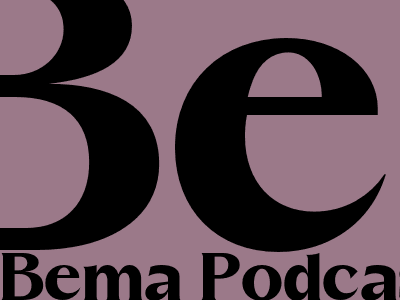```html
Content Optimization for Google and Blogger.com: A Comprehensive Guide
Introduction
Optimizing content for search engines is crucial for increasing website visibility and driving organic traffic. This guide will provide a comprehensive overview of content optimization techniques that comply with Google and Blogger.com's policies to ensure the best possible rankings for your content.
Understanding Google and Blogger.com Guidelines
Google's Webmaster Guidelines
Google's Webmaster Guidelines provide a set of rules and best practices that website owners should follow to improve their search engine rankings. These guidelines include avoiding black hat SEO techniques such as keyword stuffing, link schemes, and cloaking.
Blogger.com's Policies
Blogger.com has its own set of policies that users must adhere to. These policies include prohibiting spam, copyright infringement, and hate speech. By following these policies, you can ensure that your content is compliant and won't be penalized by Google or removed from Blogger.com.
Content Optimization Best Practices
Keyword Research
Keyword research is the foundation of content optimization. Identify relevant keywords that your target audience is searching for. Use keyword research tools like Google Keyword Planner or Ahrefs to find keywords that have high search volume and low competition.
Content Structure
Organize your content in a logical way using headings and subheadings to improve readability. Use bullet points, lists, and visuals to break up text and make it more engaging for readers.
Content Quality
Provide high-quality, original content that offers value to readers. Avoid duplicate content and focus on creating unique, informative, and engaging pieces. Ensure your content is well-written, grammatically correct, and free from errors.
Heading Tags
Use heading tags (
, , , etc.) to structure your content and highlight important sections. Heading tags help search engines understand the hierarchy and organization of your content. Meta Tags
, etc.) to structure your content and highlight important sections. Heading tags help search engines understand the hierarchy and organization of your content. Meta Tags
Meta tags are HTML elements that provide information about your content to search engines. Optimize your title tag and meta description to accurately represent the topic and contents of your page. Keep your title tag under 60 characters and your meta description under 160 characters.
Image Optimization
Include relevant images in your content to enhance user experience and search engine visibility. Optimize image file names and alt tags to include relevant keywords. Ensure images are compressed to reduce load time.
Internal and External Linking
Link to other relevant pages on your website (internal linking) and to reputable external sources (external linking). This helps search engines understand the relationship between pages and establishes credibility.
Social Media Promotion
Share your content on social media platforms to increase its reach and engagement. Social signals can indirectly impact search engine rankings by indicating popular and relevant content.
Conclusion
Optimizing content for Google and Blogger.com requires a combination of technical best practices and high-quality content creation. By following the guidelines and implementing the strategies outlined in this guide, you can improve the visibility and rankings of your content, drive organic traffic, and achieve your SEO goals.
```
Comments